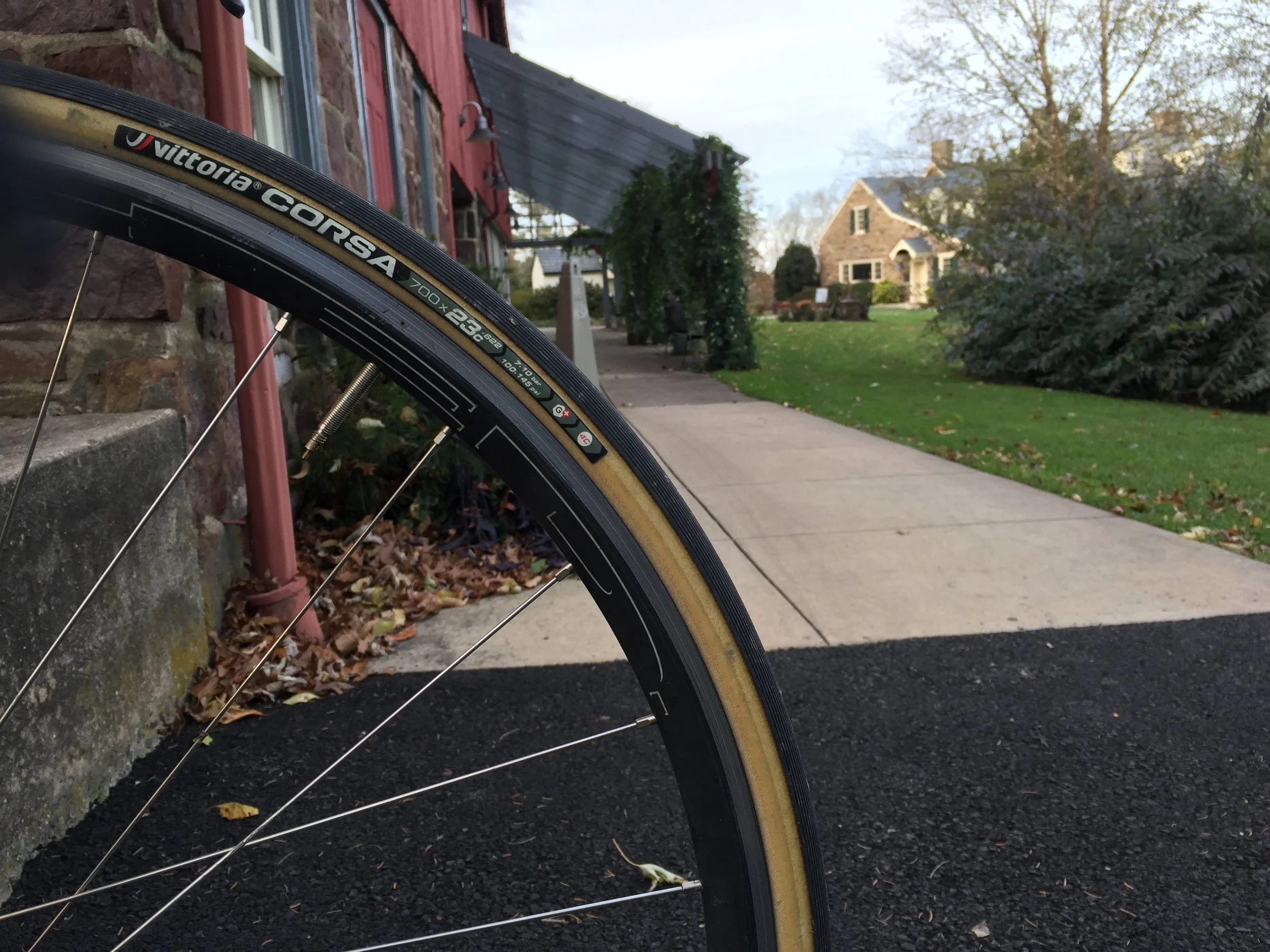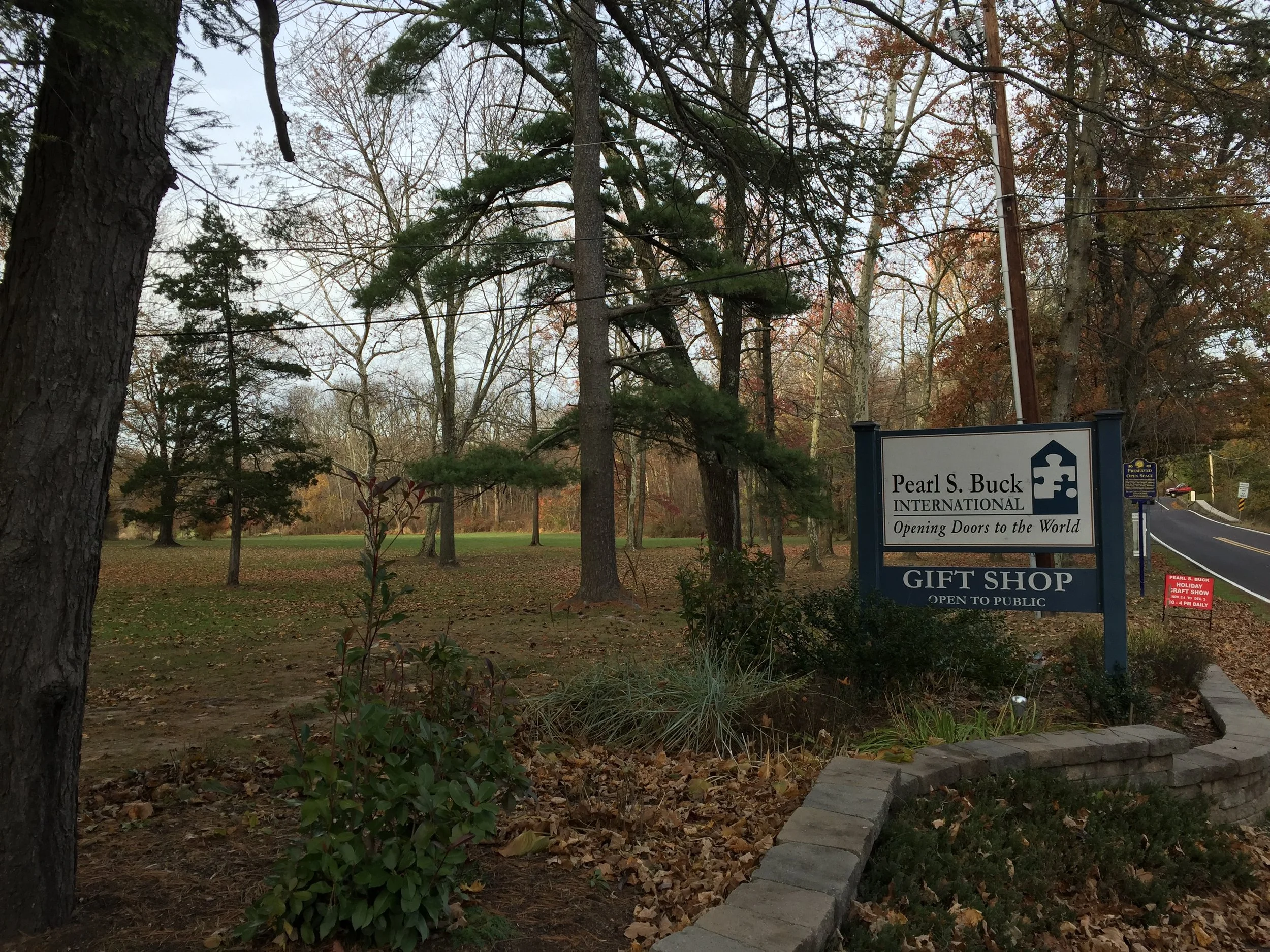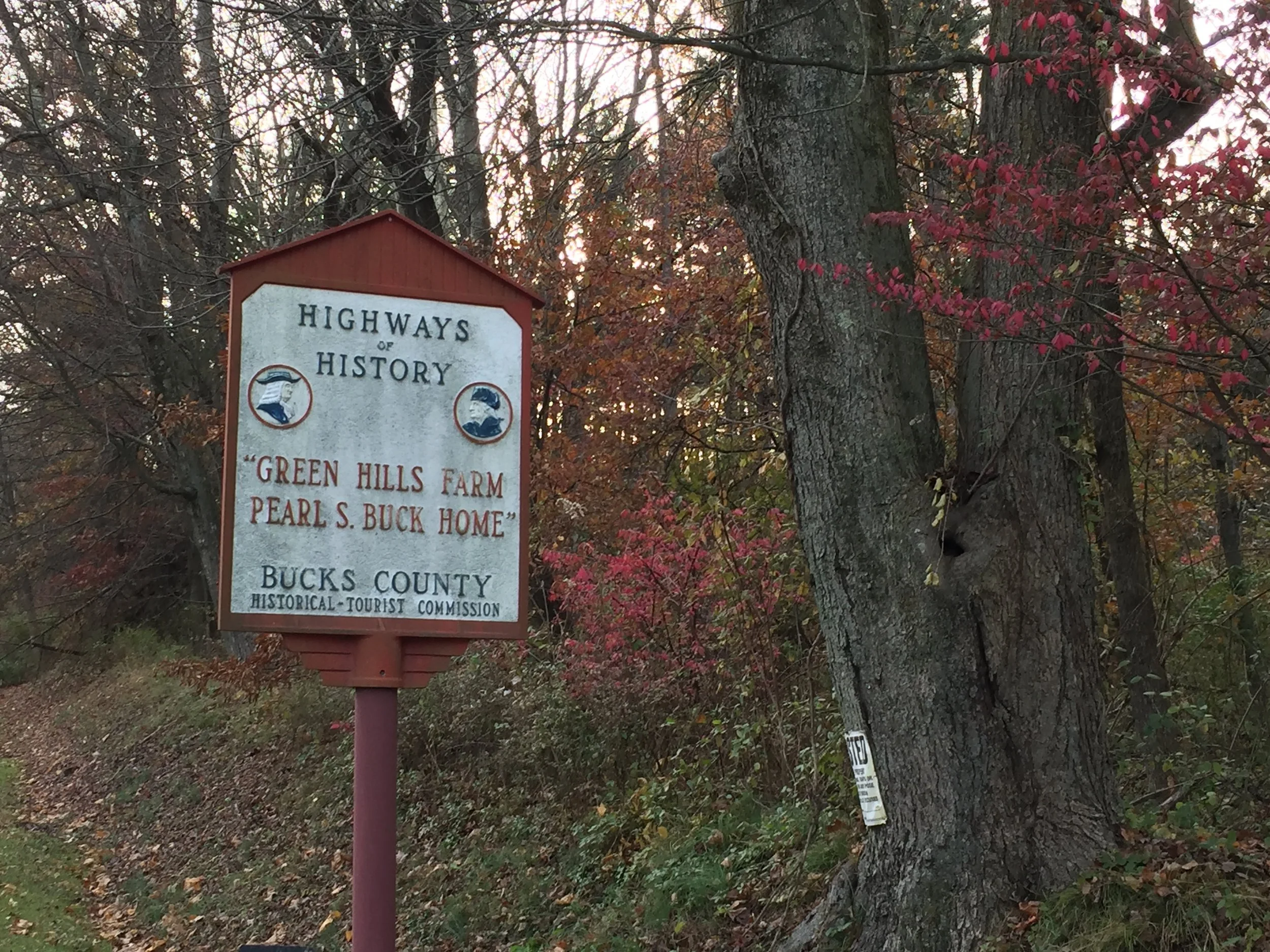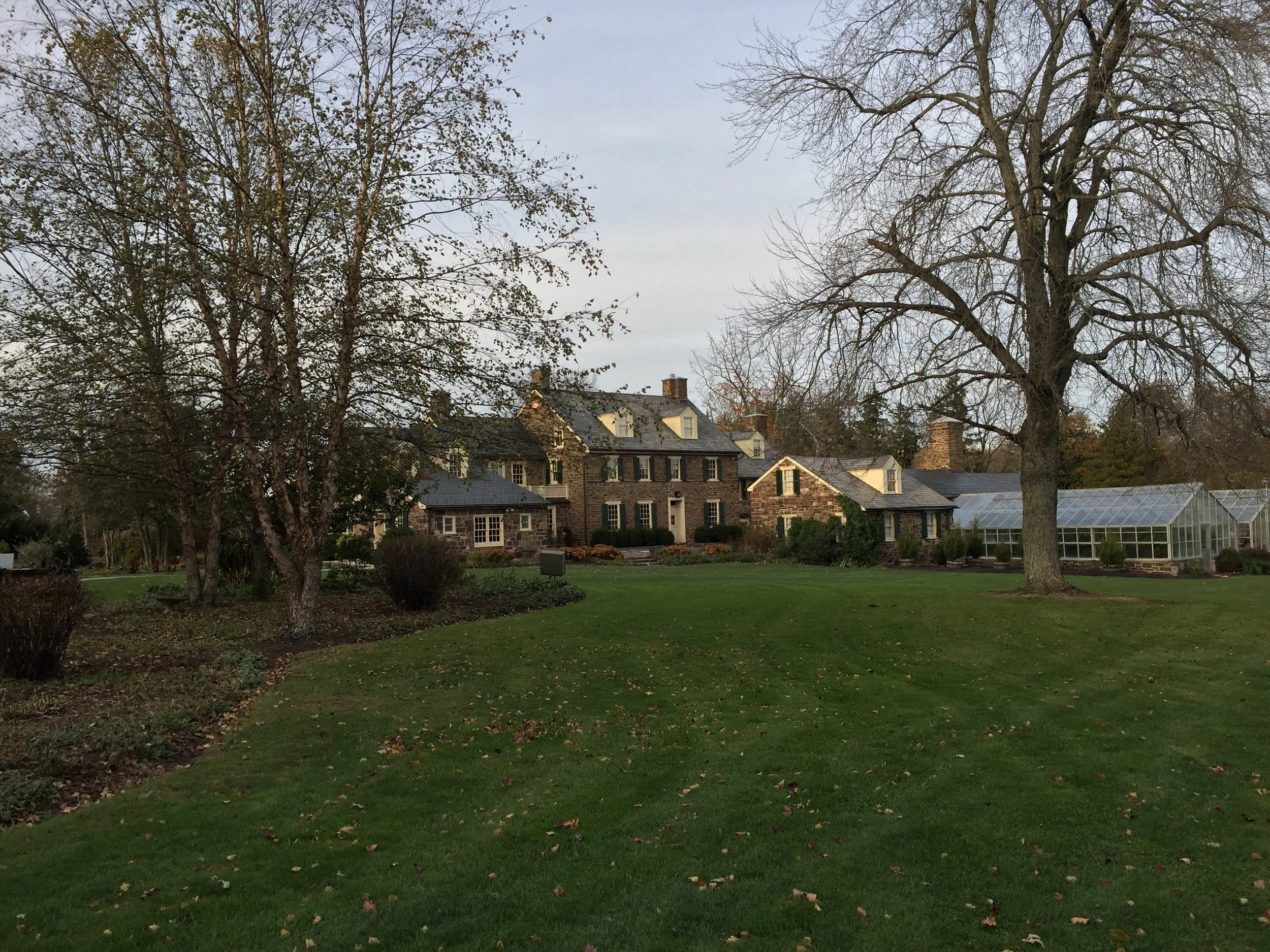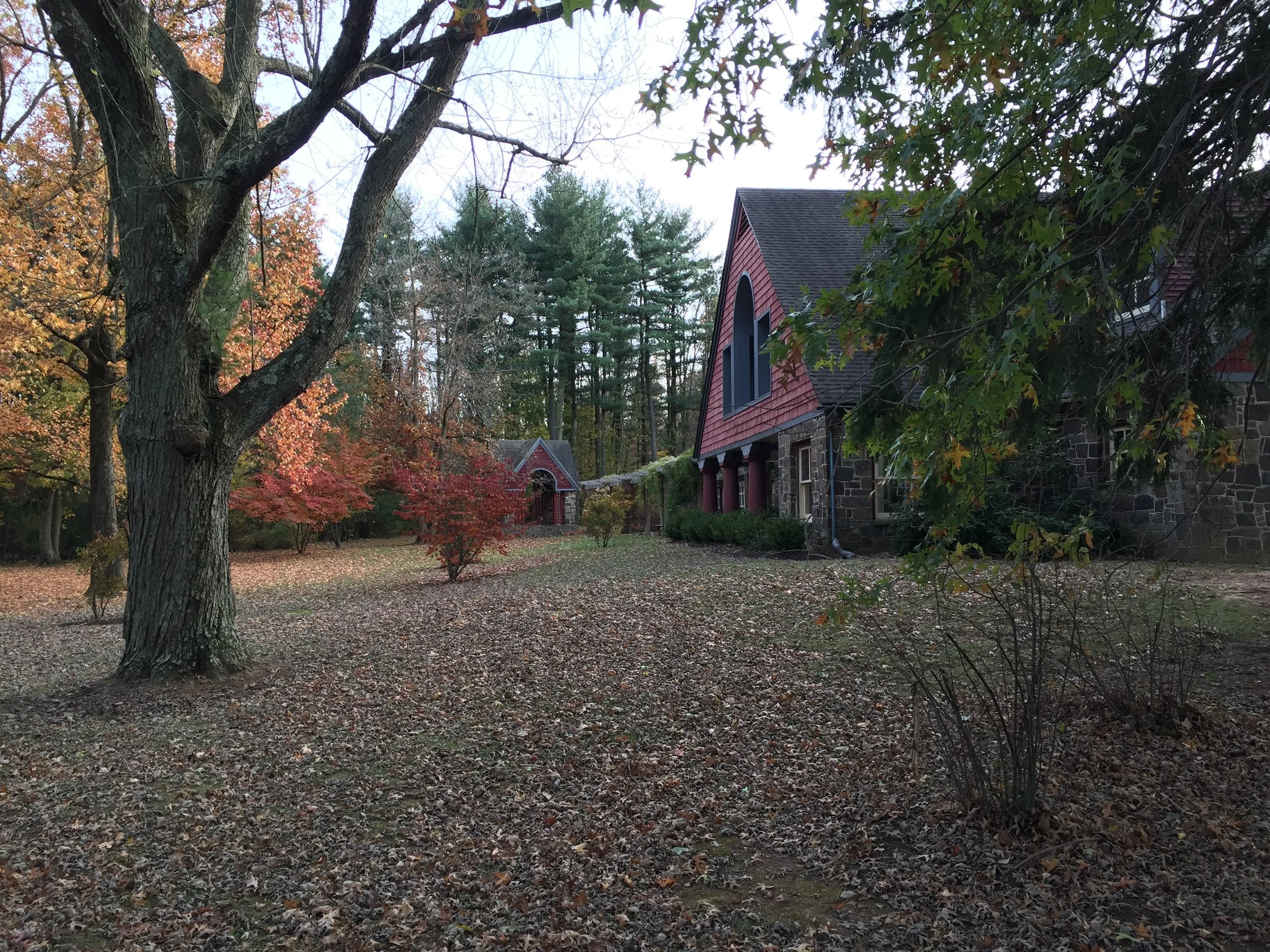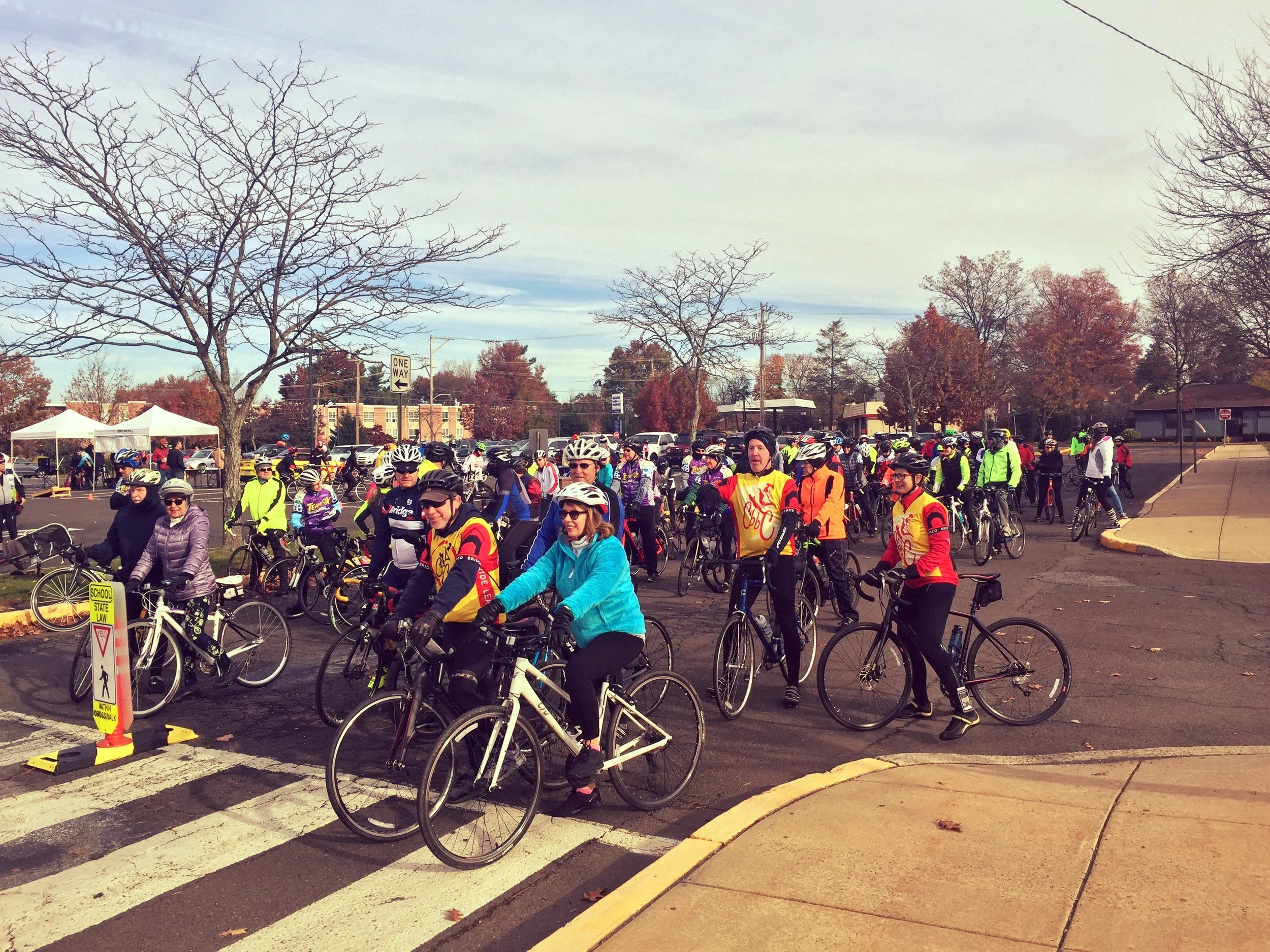Rides We Like: Green Hills Farm (Pearl S. Buck House)
(2017) It’s not everyday one can just pedal past a house that once belonged to a Nobel Prize for Literature recipient, but those who live in Bucks County can do just that. For nearly a quarter century, Pearl S. Buck, resided on a sprawling farm just outside of Dublin, PA. She is interred there with a remarkable headstone inscribed with Chinese symbol making up her maiden name of Pearl Sydenstricker. Despite the beauty of the farm in Bucks County (the county is not named after her), her time entering the farm as well as departing were marked by controversy.
In 1935 in Reno, NV, on the same day she divorced her husband John Lossing Buck, husband for nearly twenty years, Pearl S. Buck married Richard Walsh and entered a period of remarkable production. While she resided at the Green Hills Farm she produced no fewer than forty-one pieces of literature. That equates to nearly two pieces per year, an astounding level of production. During her stay in Bucks County, Pearl S. Buck would win the Nobel Prize in literature, the first American women ever to do so. While Buck is most famous for her novel The Good Earth, which she did not write in Bucks County, she wrote many famous titles such as China Sky and The Big Wave.
Looking northeast on Dublin Road, one could easily miss the Pearl S. Buck International house.
Her departure from Bucks County was prompted by the death of Walsh. Buck became garrulous with many of her friends and became a sort of recluse as she continued her work until the controversial Theodore Harris wooed her. Harris took over nearly all of Buck’s day-to-day operations. Harris was a notorious character with Buck in times of living and dead. In her final days Buck signed over all control to Harris, leaving her children, natural and adopted, with little entitlement to her successes. It took nearly fifteen years for a court to rule in the favor of Buck’s children, which was a forced decision due to Harris’s failure to appear in a court. Her arrival and departure in Bucks County had been quite rocky.
Looking southeastward, one could glimpse at the Highways of History sign denoting Green Hills Farm Pearl S. Buck Home.
Before we talk about the peaceful experience of buzzing up the driveway of Green Hills Farm and past her gravesite, it must be highlighted that Pearl S. Buck was a humanitarian. The Missus often chimes her math teacher was an adopted child of Pearl S. Buck. Read the introduction to 44th novel, The Eternal Wonder, and Edgar Walsh writes it in 2013 regarding his reflections of Buck as an adoptive mother. He outlines the disagreements as the unedited book was published at his behest when the manuscript was discovered in a storage unit in Texas. Buck was responsible for opening orphanages as well as adopting children, many of whom are proud to call her their mother. Buck set out to expel the idea that some children were un-adoptable both nationally and internationally.
The Pearl S. Buck gravesite is off the initial approach to the Pearl S. Buck house. Her name is inscribed in Chinese characters due to her extensive time in China at the turn of the twentieth century.
I thought of her legacy as I snapped a few photos in the setting November sun with the perfect foliage ablaze in the background. A cold front had required donning the Castelli jacket I’ve used a handful of times in my cycling offseason. A turn up the driveway and I was caught off-guard when a sign pointed to Pearl S. Buck’s gravesite. What a wonder she is buried off of the driveway to her house. Imagine the peacefulness of the Green Hills Farm during the sixties when many of the suburban houses surrounding the complex didn’t exist. No wonder she got a lot accomplished.
The Pearl S. Buck house proper, complete with manicured lawns and sprawling masonry.
I rolled up to her house proper, not before noticing the dramatic barn as well as another incredibly commanding building on the property. There appeared to be a wedding going on. What a perfect way to celebrate: a marriage in mid-November on the property of one of the lesser-known humanitarians of the world. How peaceful the reclusive property was. I vowed to return and learn more. Pearl S. Buck’s organization is responsible for placing some five thousand children in adoptive homes, and much of her story is written in Bucks County, Pennsylvania.
Rolling over the miles of the paved roads of northern Bucks County I thought of Buck’s contributions and thought of how remarkable it is to have such a famous author to have called this area home. The contributions were so remarkable, former president George H. W. Bush even visited her Chinese homestead site to understand the Chinese culture so coveted by Buck. To influence a president decades later is a remarkable fact about Pearl S. Buck.
The chalet that greets the visitors initially on the left side of the driveway provides a dramatic bit of architecture amidst Buck County foliage.
Much as been debated over Pearl S. Buck’s life. In particular t her later years were full of remarkable controversy. Buck would die of lung cancer in 1973 in Danby, Vermont, but the impact of Bucks County must have been remarkable that she would have her gravesite here. Nearly every house I looked at over the closeby acres I questioned whether the inhabitants were aware that they reside on Pearl S. Buck’s historic farmland. Would any of them know who Pearl S. Buck was? Have any of them actually read a single work by Buck? Short of knocking on doors and asking, I’ll never know.
After a brief stay I decided to rejoin the busy Dublin Road. I crossed the single-lane bridge that spans Morris Run. How Bucks County I thought, to have a single lane bridge on a well-traveled road. Perhaps it is a remnant of a bygone era when Pearl S. Buck resided here and the roads were less cluttered. I pedaled past more new construction on my way home wondering just how quiet these roads were over fifty years ago. I’d like to think the solitude at the time is the sole reason Buck was so prolific with her work during her stay in Pennsylvania. When I got home and warmed up from the ride, I decided to prioritize reading more Buck books. It’s only appropriate when a Nobel Prize in literature lived up the road a-ways.


